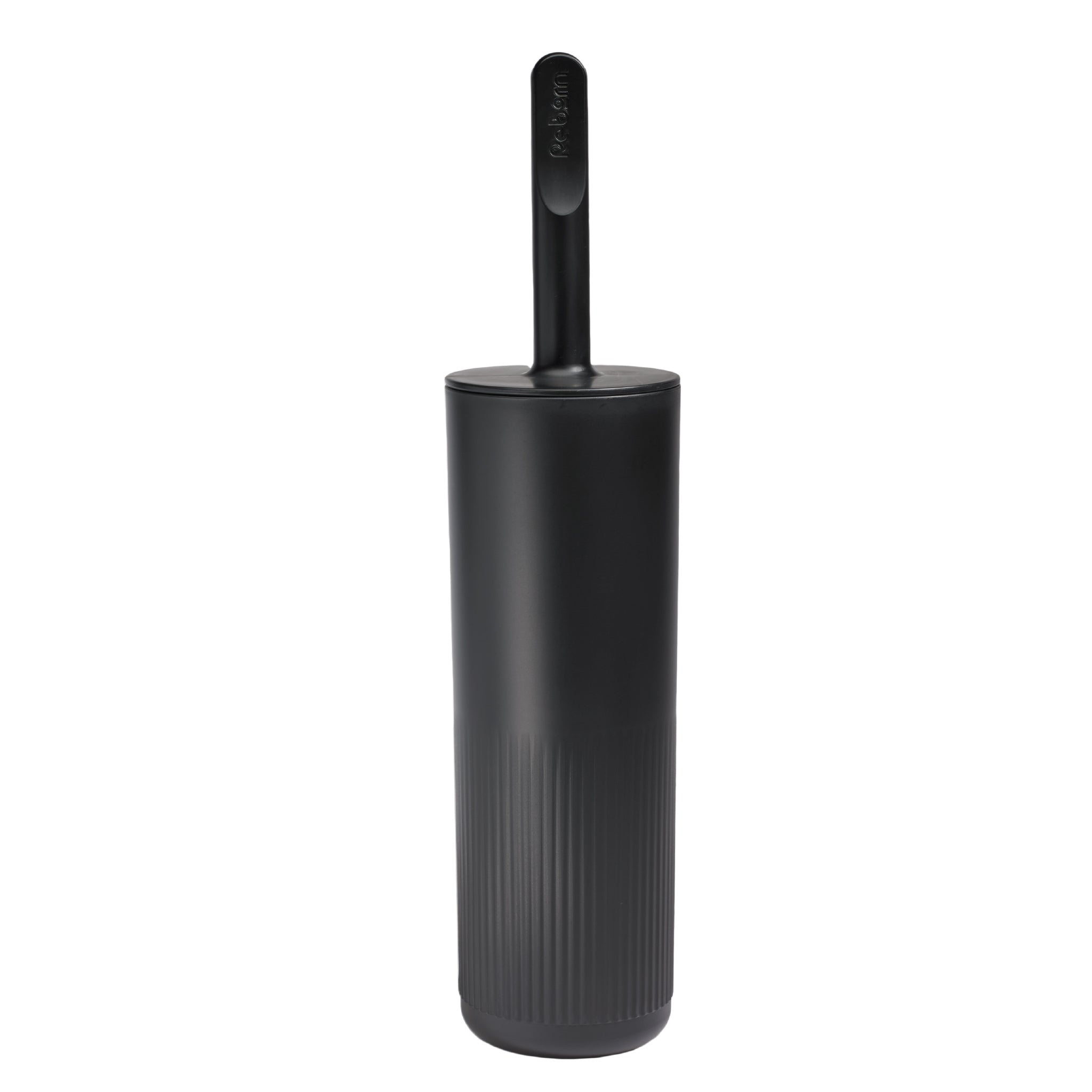I’ve been learning the craft of upholstery for six months. When I set out for my first class at The School of Upholstery in Faversham, Kent, I was expecting to combine my interests in arts and crafts with some practical skills and hopefully sort out my dreadful mock-something, ‘90s dining chairs, which my darling sons had done their best to destroy following a disastrous craft afternoon. I wasn’t expecting that the class would revive my passion for environmentalism and replace my impulsive spendthrift urges with an interest in restoration and conservation. In fact, since starting this course, I have found myself retrieving old furniture from people’s front gardens on the way home from the school run (after checking with them first, of course).
Unbelievably, an incredible 1.6 million tonnes of bulky waste, largely furniture, are thrown to landfill each year in the UK. Around 50 percent of this is estimated to be functional with repair. This article is a plea for us to pause before we dispose and first give some consideration to having our furniture altered or reupholstered so that it better meets our needs.
Here are some points to consider before you oust the couch.
Emma Marsden

1) Nothing (in the furniture world) is beyond repair.
Paint, sand, wax, glue, nail, whatever it takes, it can be done. During my classes, I’ve seen an ornate French button-back sofa being stripped back to reveal an assortment of structural issues – it seems the upholstery was what was holding the whole thing together. The problematic parts were removed, and replacement wood was fitted in place to stabilise the structure. It will now go on to provide many years of useful and beautiful service.

2) A little bit of imagination goes a long way.
You need to “see beyond what’s there” as a fellow upholstery student put it. The old ‘80s occasional chair with its unfashionable dark cherry-stained wooden arms and legs could look fabulous if sanded to reveal the true blond wood beneath.
3) Let your creativity take control.
Your old bog-standard chair can be reborn into a beautiful, unique and very personal expression of your own style. When you reupholster a piece of furniture, you are released from the constraints of the limited range of fabrics or colours a furniture retailer will have in place: you can have exactly what you like.
There are some amazing upholstery fabrics available out there from designers such as Emma Shipley for Clarke & Clarke, bespoke fabric from Spoonflower or child and pet-proof fabrics from Aqua Clean, which would improve the longevity of your items. If you prefer something simple and natural, look for hemp or wool fabrics or cotton ticking.
If you really want to push the boundaries, you could consider designing your own textiles; companies such as Woven Monkey allow you to upload designs and select which fabric you’d like to have it printed on. Whichever approach you take, you can be sure that your chair will be unique to you. And a further consequence of such a personal investment is that you are more likely to want to care for your furniture and keep it for a long time to come.
4) Traditional reupholstery is an investment worth making.
Using horse hair or coir and creating stitched hessian pads can be a time consuming and therefore expensive business, but it is an investment worth considering. As my tutor Alex Law has written, “upholstery … should stand the test of time and the rigours of use”. An appropriate top fabric of 40,000 rubs or more should last, if properly applied, for around 20 years; the traditional stitched pads underpinning the upholstery could last for centuries!

5) You will be saving the environment.
You are minimising waste, not just of the product, but all the processes that went into making that product in the first place; you can also select materials for reupholstery which are sustainable and eco-friendly. For instance, I have used rubberised coir sheet on several occasions, which is a great substitute for foam. It is made from coir and natural latex, thus avoiding animal products and any harmful contribution to plastic pollution. The other fabrics and threads used in traditional upholstery, such as hessian, calico, linen and cotton ticking, are all naturally derived.
6) You will be supporting local craftsmanship.
I am fortunate enough to watch Alex at work every week, and it never fails to amaze me how he can manipulate and ease the fabric into exactly the shape desired and how the tools he uses seem to become an extension of his body as he works. His 27 years’ experience has surely earned him the title of Master Upholsterer.
I now have six dining chairs to be proud of. They are six of a kind – completely bespoke and original. I actually like them now, and although we got them second-hand and out of necessity, I intend for them to stay as they reflect the style of our house and I know how much work went into restoring them. They are not kid-proof, but the children are now more respectful and careful of them as they perceive their value to me. It has certainly been an investment worth making.

Emma Marsden is a self-employed polymath. A former Social Sciences teacher, she now scrabbles together a living as an occasional A-Level tutor, writer and maker of ethical jewellery and is now venturing into textile design and bespoke upholstery.




















